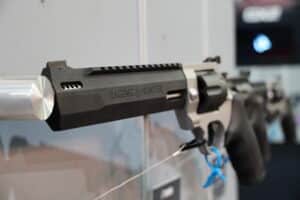The courts were back in action again this week. It seems we can’t go even a few days without getting a consequential ruling in the wake of last year’s Bruen decision from the Supreme Court. And we haven’t even settled some of the most consequential legal questions surrounding gun policies that include hardware bans.
But that may be changing. The case against President Biden’s brace ban produced a new injunction. And this time it was blocked on Second Amendment grounds because the judge in the case found braced pistols are in common use. I walk through the huge implications of that finding, especially for “assault weapons” and ammo mag bans. Heck, it even implicates at least one section of the National Firearms Act.
President Biden’s “ghost gun” ban faired poorly under judicial review too. The injunction against it, which the Biden Administration has already appealed back to the Supreme Court, was narrowed a bit but ultimately upheld by the Fifth Circuit. Maryland’s Bruen-response bill had a similar experience in court, with a judge blocking most but not all of the state’s new “gun-free zones.”
I also do my best to remind everyone that trying to give Donald Trump a commemorative gun, a not-uncommon occurrence for a Republican running on a pro-2A platform, is a very bad idea given his multiple felony indictments. He can’t legally receive new guns while those cases are ongoing and you can’t legally gift one to him. There are constitutional questions surrounding that prohibition, but the law remains in effect and probably will throughout the campaign.
Plus, California Rifle and Pistol Association president Chuck Michel explains how they blocked the state’s magazine ban on the podcast.
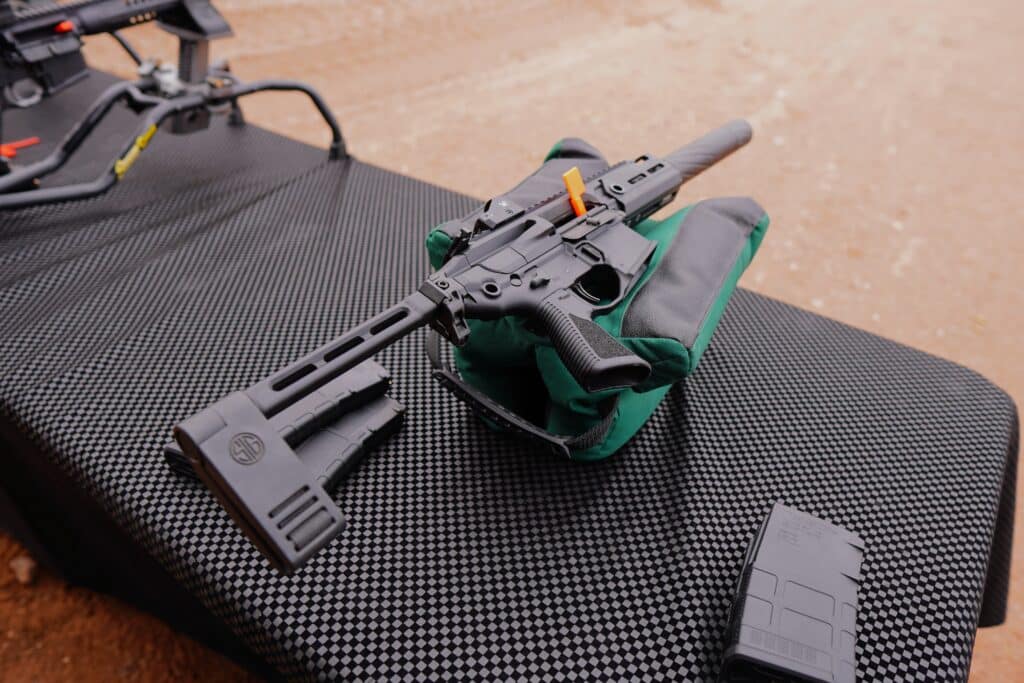
Federal Judge Rules Biden Pistol Brace Ban Violates Second Amendment
By Stephen Gutowski
“[T]he Second Amendment’ presumptively guarantees’ Plaintiffs Mock and Lewis the right to keep and bear braced (and unbraced) pistol arms at home and in public for general self-defense use.”
That’s the conclusion United States District Judge Reed O’Connor came to in a case on Monday. He found the ATF’s attempt to redefine pistols equipped with stabilizing braces as short-barrel rifles, effectively requiring them to be registered with the agency or otherwise disposed of, is likely unconstitutional because those guns are commonly used for self-defense. Because of that, he issued a preliminary injunction blocking enforcement of the rule against plaintiffs, including members of the Firearms Policy Coalition (FPC).
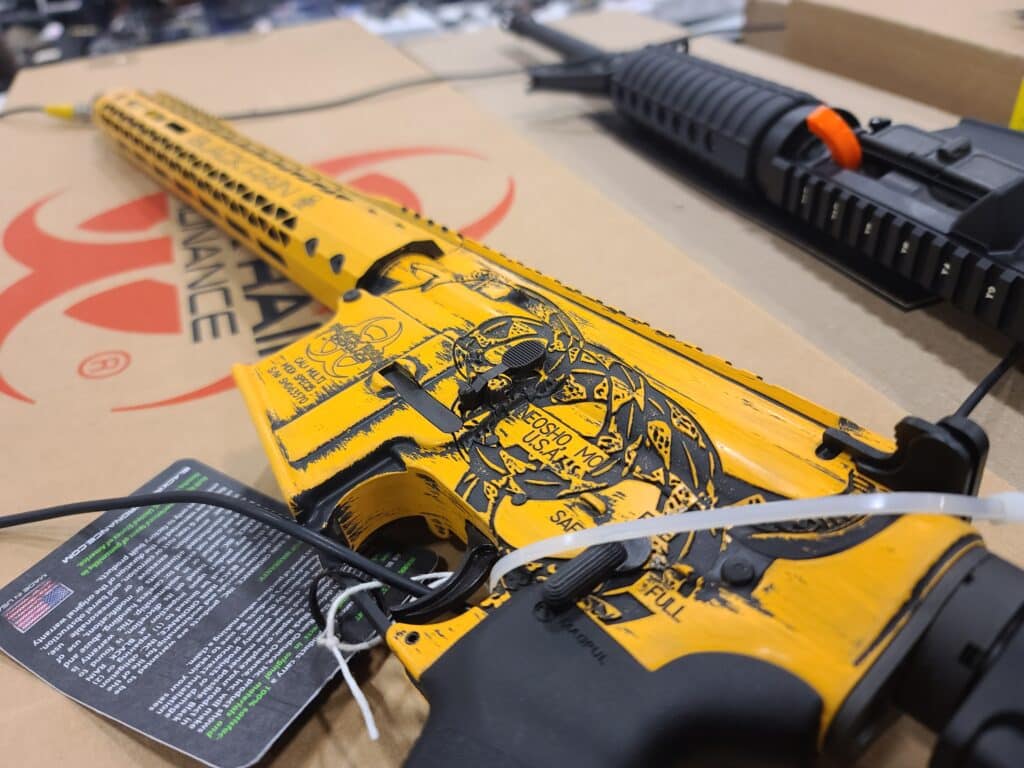
Analysis: Pistol Brace Ruling Implies Second Amendment Protects AR-15s, Ammo Mags, and Silencers [Member Exclusive]
By Stephen Gutowski
“[T]he Court finds that braced pistols regulated under the Final Rule are commonly used by law-abiding citizens for lawful purposes.”
That may be the most influential finding in Judge Reed O’Connor’s decision enjoining the ATF’s pistol brace rule. It strikes at a key part of the fight over gun and accessory bans across the country. And how Judge O’Connor reached his conclusion provides new insight into the threshold other courts may employ to determine whether the Second Amendment protects a banned item.
Working off of Supreme Court precedent in 2008’s District of Columbia v. Heller, 2010’s McDonald v. Chicago, and 2022’s New York State Rifle and Pistol Association v. Bruen, Judge O’Connor established the test for whether the Constitution protects an arm is whether it’s in lawful common use or not. And he said the Court had already determined modern handguns fit the bill.
“A weapon is in ‘common use’ rather than ‘dangerous and unusual’ if it is ‘commonly possessed by law-abiding citizens for lawful purposes today,'” he wrote. “The relevant inquiry under this standard is the current total number of a particular weapon that is in lawful possession, ownership, and circulation throughout the United States. As a per se matter, semiautomatic pistols are commonly used weapons for lawful self-defense purposes across the United States today.”
From there, he found adding a brace to a pistol “does not somehow alter that status and effectively strip these pistols of their Second Amendment protection.” Then he argued the ATF’s own estimate for how many braced pistols have been legally purchased over the years directly undercut its argument they could be banned or significantly restricted.
“The Government Defendants’ assertion to the contrary—that pistols do become dangerous and unusual as soon as stabilizing braces are attached to them—does not survive its own administrative record,” Judge O’Connor wrote. “The ATF’s regulatory analysis concludes that there are between 3 and 7 million, with a fifty percentile estimate of 5 million, braced pistols under the ownership of law-abiding individuals for lawful purposes throughout the United States.”
That estimate comes from the agency’s impact assessment for the rule. But those numbers are actually on the lower end of the spectrum. The Congressional Research Service found braced pistols are even more common, estimating there are between 10 to 40 million in civilian hands. Regardless, Judge O’Connor argued the fact that everyone agrees there are at least millions of these guns puts them squarely in the “common use” category.
If you’re a Reload Member, click here to read the rest. If not, join today to get exclusive access to this and hundreds of other exclusive pieces!
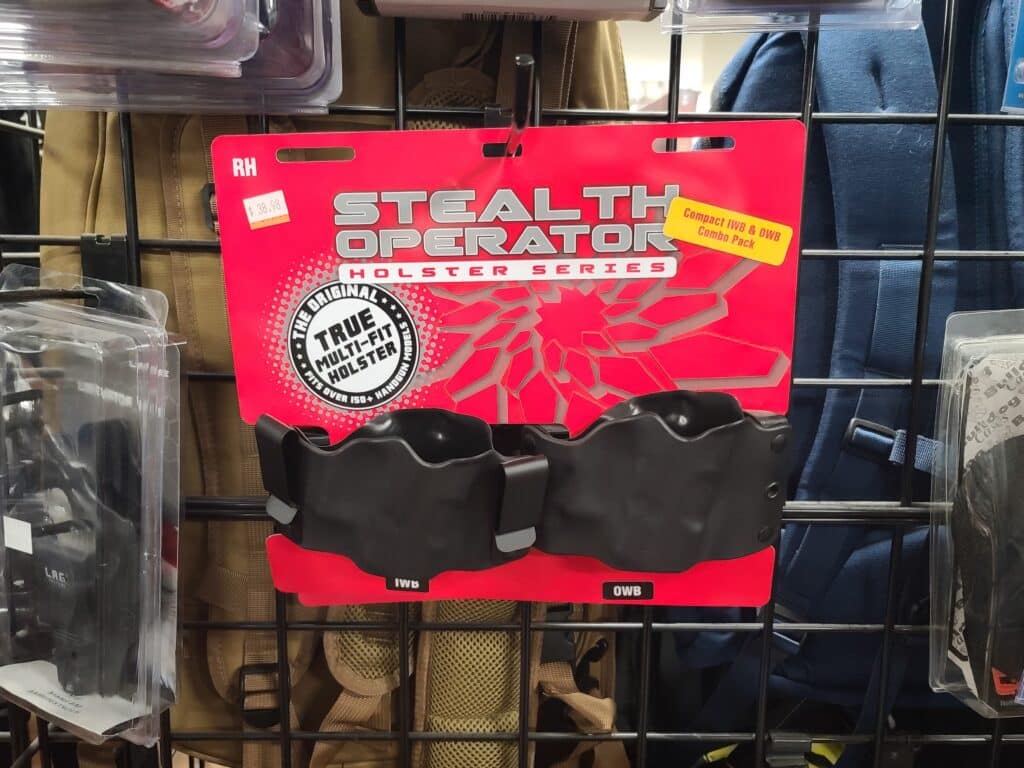
Federal Judge Blocks Many of Maryland’s New ‘Gun-Free Zones’
By Stephen Gutowski
Maryland can’t ban those with gun-carry permits from carrying in large swaths of the state.
That’s the ruling handed down by United States District Judge George L. Russell, a Barack Obama appointee, on Friday. He found many, though not all, of the state’s latest gun-carry restrictions likely violate the Second Amendment. He issued a preliminary injunction blocking enforcement of those restrictions.
“Plaintiffs are correct that the public has a strong interest in upholding constitutional rights and the State is not harmed by an injunction preventing it from enforcing unconstitutional laws,” Judge Russell wrote in Kipke v. Moore. “Therefore, because Plaintiffs have shown a likelihood of success in their challenge to the private building consent rule and the regulations on public demonstrations and locations selling alcohol, the balance of the equities and the public interest tip in Plaintiffs’ favor as to those claims, and the Court will enjoin enforcement of those provisions.”
Click here to continue reading.

Fifth Circuit Narrows but Upholds Ruling Blocking Biden ‘Ghost Gun’ Ban
By Jake Fogleman
President Biden’s attempt to ban so-called ghost guns cannot be enforced on a pair of unfinished gun part manufacturers, a federal appeals court ruled Monday.
A three-judge panel for the Fifth Circuit Court of Appeals narrowed a lower court injunction barring enforcement of the ATF’s unfinished frames and receiver rule after finding that the judge in that case improperly extended the injunction to private citizens who purchase parts to make homemade guns.
“We agree with the Government that the district court’s injunction sweeps too broadly,” the panel wrote in an unsigned opinion in VanderStock v. Garland. “Injunctions that afford relief to non-parties are potentially problematic. And it appears the district court’s injunction sweeps too broadly insofar as it affords relief to non-party customers.”
Click here to read the full story.
Podcast: California Rifle and Pistol Association’s Chuck Michel on Blocking the Magazine Ban
By Stephen Gutowski
This week, we’re looking back at the Golden State.
It’s once again in the news because a federal judge has found one of its strict gun-control laws unconstitutional. This time, it was the ban on magazines that hold more than ten rounds of ammunition. So, we decided to bring on the head of the group that beat the ban.
Plus, Contributing Writer Jake Fogleman and I discuss the Trump Campaign backtracking on claims he bought a gun while under felony indictment after finding out it would be illegal.
The show is available on your favorite podcasting app or by clicking here. Video of the episode is also available on our YouTube channel.
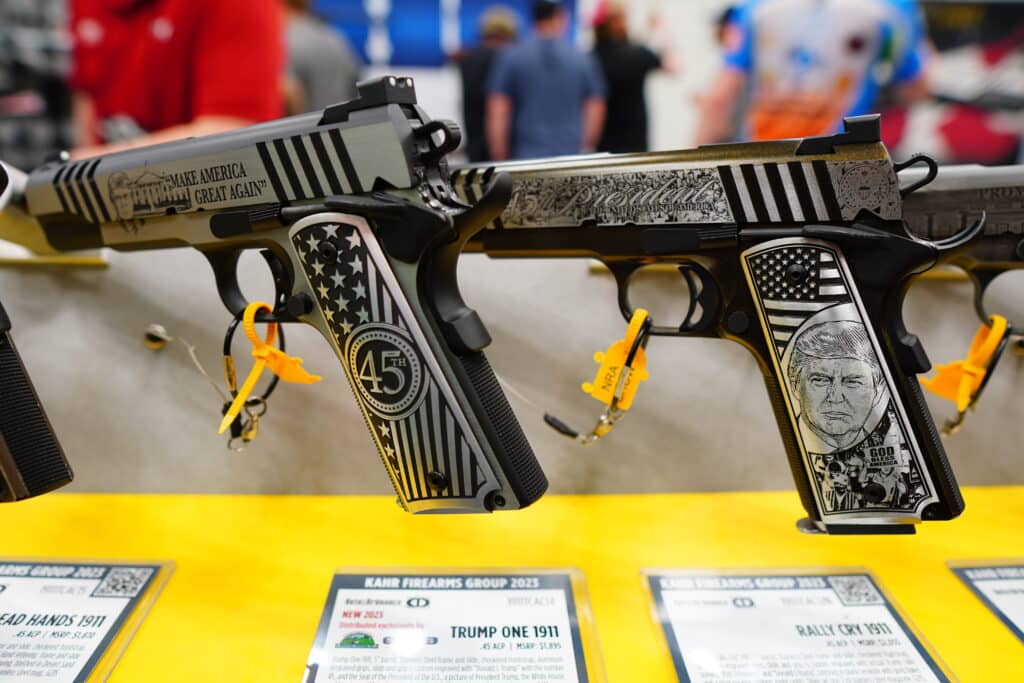
Analysis: Don’t Try to Give Trump Your Commemorative Gun at a Campaign Stop [Member Exclusive]
By Stephen Gutowski
He can’t legally accept it, and you can’t legally transfer it to him.
On Monday, former President Donald Trump created a stir at a campaign stop in South Carolina. During a visit to a gun shop, Trump was presented with a Glock that featured his face. He liked the gun and declared he was going to buy one. The person presenting it to him offered to give him the gun for free. Campaign spokesman Steven Cheung posted a video of the interaction and claimed Trump had in fact bought the gun.
This would be a pretty unremarkable exchange for somebody running as a pro-gun candidate under normal circumstances. Of course, the Trump 2024 campaign is happening under anything but normal circumstances. The former president, running after losing re-election in the previous election, is facing multiple felony indictments across four different jurisdictions.
That makes the exchange remarkable because it is illegal for anyone under felony indictment to buy new guns. 18 U.S.C. § 922(n) makes it a federal crime for anybody under a state or federal felony indictment to “receive” guns.
If you’re a Reload Member, click here to read the rest. If not, buy a membership today for exclusive access to this and hundreds of other pieces!
Outside The Reload
Long time leader of gun control group Giffords to step down | Politico | By Myah Ward
Rifle manufacturer created by Bushmaster founder goes out of business | AP News
TSA set for record number of guns found at airports | Bearing Arms | By Tom Knighton
That’s it for this week in guns.
I’ll see you all next week.
Thanks,
Stephen Gutowski
Founder
The Reload




